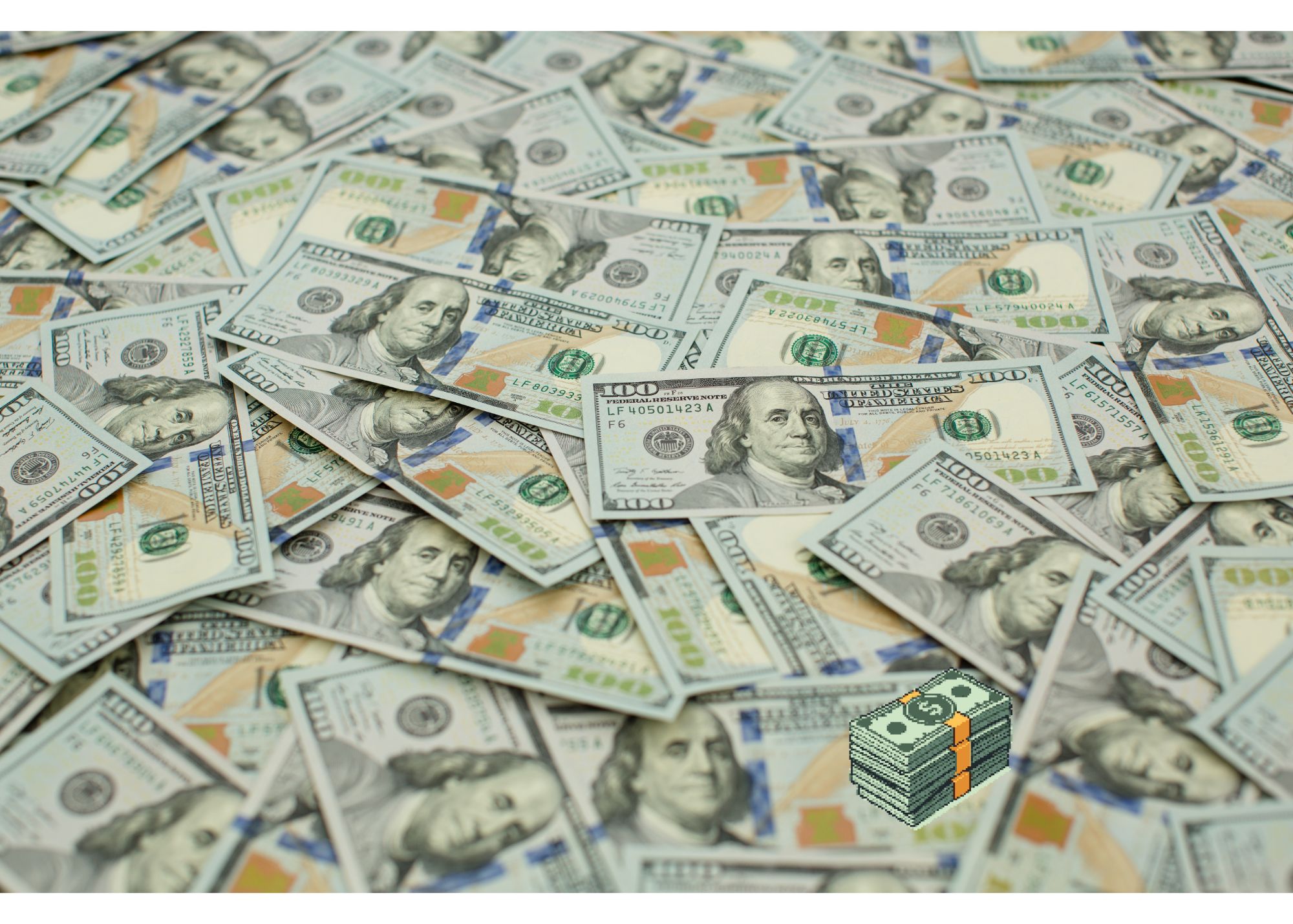Why Buffett Went All In On 1 Stock
Apple’s latest product, Vision Pro, has been released for pre-sale this past week and the hopes among shareholders are that it will launch a new massive revenue stream. Where Zuckerberg failed to win over the public’s attention with Oculus, Apple plans to leverage its customer loyalty for quality devices to break down a new barrier.
Yet when we spoke with executives at Apple about the product, it became clear that Vision Pro is much like a call option whereby its success will be a welcome tailwind to the financials but it’s by no means necessary to drive future growth.
It’s precisely for that reason that Buffett felt so comfortable betting the farm on the firm. Now, Apple represents a full 50% of his equity portfolio.
Buffett’s Confidence In Apple Was Sky High
If you step back and look at your own portfolio, regardless of its size, the decision to bet heavily on any single position seems high risk. Imagine having $100,000 portfolio and allocating $50,000 to a single stock.
If you get that bet wrong, it could set you back years to recover your original principal invested. The other side of your portfolio would need to outperform by such a high amount that it could take years to breakeven if the single stock bet fell by 50% or more.
Now extrapolate those risks to a billion dollar portfolio, or in Buffett’s case, a multi-hundred billion dollar portfolio. Imagine being so confident in a single stock that you were willing to risk your entire reputation on it because if the bet went wrong it would take down your entire portfolio for years. And yet that’s what Buffett did at Berkshire Hathaway by betting the farm on Apple.
But why?
Why Did Buffett Go All In on Apple
For Buffett to bet so heavily, Apple must have crossed every checklist item he has to ensure nothing could derail it. When he bought it, Apple’s P/E ratio was significantly lower than it is now, so Buffett’s $30+ billion bet at the time was at a low multiple to earnings. Now with his investment up over 5x, it’s clear how he bought at a cheap valuation.
But valuation alone isn’t enough to convince Buffett any more to buy. While Ben Graham taught him how to crunch numbers to find deals, Charlie Munger introduced him to a more qualitative approach. His right-hand man taught him it can be more lucrative to buy a great business on its way to double or more in valuation than to buy a so-so business that is trading at significant percentage below intrinsic value.
It’s the latter approach that Buffett spotted with Apple, realizing that customers were very loyal, churn rates were low, management enjoyed enormous pricing power, and the app ecosystem added a layer of growing friction for users to leave, essentially widening the moat with each passing day. As new companies built on top of the iPhone so the phone itself became ever more valuable. And with it, the other devices in the product suite, including the iPad and Mac.
So what Buffett spotted was both a company that ticked Ben Graham’s quantitative requirements and Charlie’s qualitative criteria, in addition to one that grew its moat with each passing year.
Put all the ingredients into the mix, and the odds of Apple not growing for the foreseeable future were very low when he first invested, and clearly he sees the same now given that he has expressed his prior sales were likely a mistake. Even if the share price undulated, Buffett could be confident that the portion of the business he bought will increase in value with high confidence long into the future.
It turns out that not only do few companies possesses such characteristics but Buffett only found one, Apple, and when he did, he waited for the right price and pounced by betting half of his portfolio on it.



